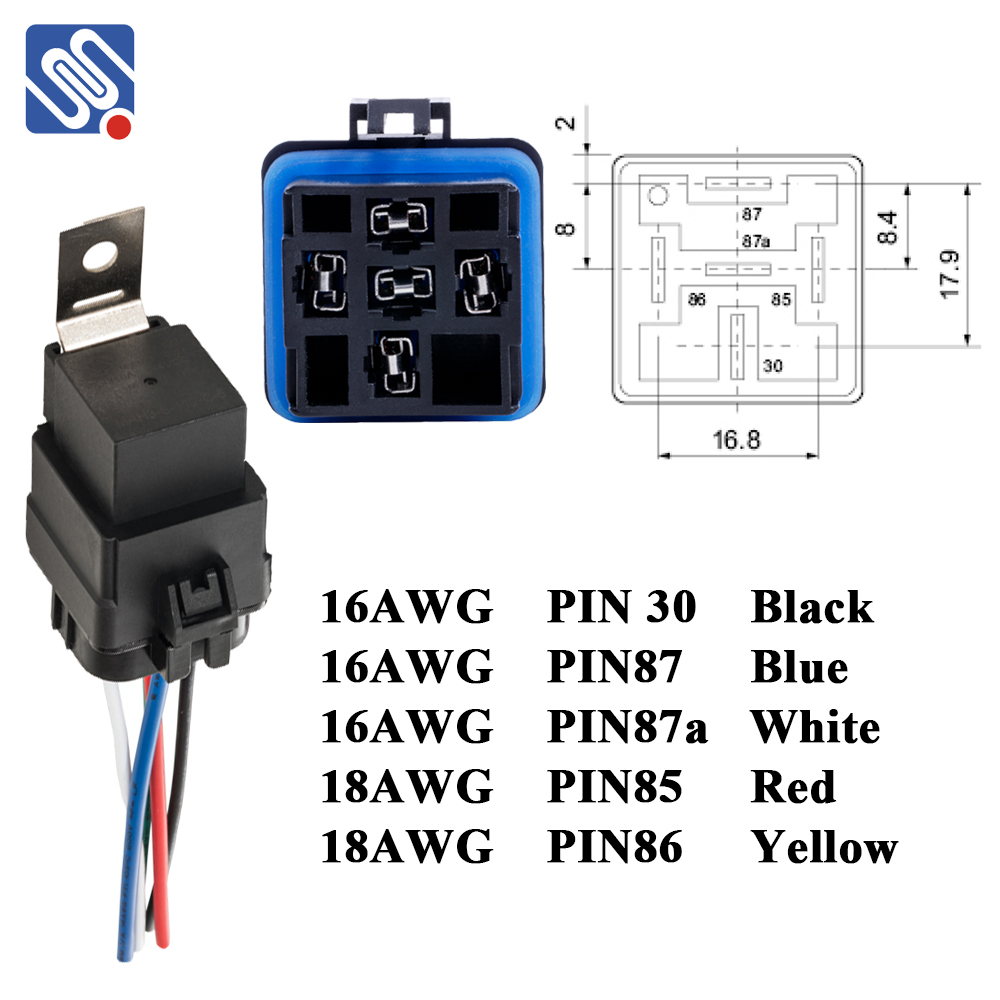Relay wiring is an essential concept in electrical and automation systems, playing a pivotal role in controlling large electrical loads using smaller, low-voltage circuits. A relay is essentially an electrical switch that allows a low-power electrical signal to control a high-power circuit. This makes it possible to control powerful electrical devices like motors, lights, and machinery, without directly exposing low-voltage components to high voltages.

At the heart of relay wiring lies the simple principle of electromagnetic induction. When an electrical current flows through a relay’s coil, it generates a magnetic field that causes the switch to either open or close, depending on the relay type. This opens the door to a multitude of applications where high-current loads must be controlled remotely or by low-voltage circuits. Components of a Relay Before delving into the wiring process, it is crucial to understand the basic components of a relay: Relay Coil (Electromagnet): This is the component that, when energized with a low voltage, generates a magnetic field to actuate the switch mechanism.
Leave a Reply